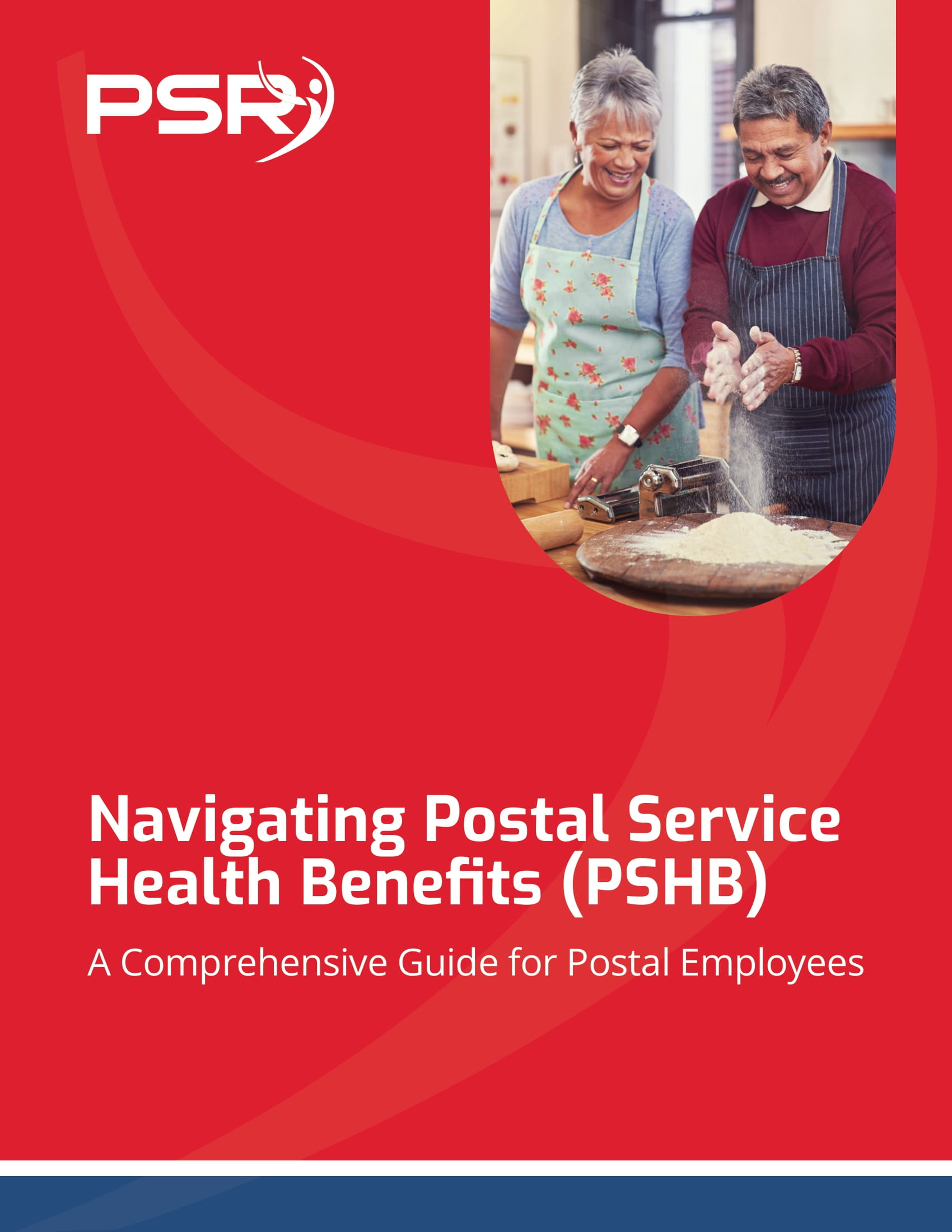FERS (Federal Employees Retirement System) – An Overview
Working for the federal government has its perks, and one of them is a comprehensive retirement package, commonly referred to as FERS (The Federal Employees Retirement System). The multi-faceted program empowers its employees to easily take their financial future into their hands and have adequate financial coverage throughout their golden years.
The FERS- Also Read: FAA, Law Enforcement, and Special Federal Employee Categories—Here’s What Makes Their Retirement Unique
- Also Read: Blending Private and Public Sector Retirement Plans Is Complicated—Here’s Where Couples Get It Wrong
- Also Read: The Silent Shift in Postal Service Retirement Benefits That Could Change Everything by 2026
Basics:
FERS has three main components that make up the retirement package, Social Security, a Basic FERS Annuity and the Thrift Savings Plan. All federal employees are enrolled in FERS if they were hired after January 1, 1984, have elected to transfer into the FERS program, have rejoined the federal government after a break in service with more than one year, but less than five years of creditable CSRS service or upon rehire into a FERS position after a separation from a FERS position.
FERS and Social Security:
Federal employees are will enjoy the security that comes with being covered through Social Security. Employees pay 6.2% of their earnings up to the maximum taxable wage base and the government matches your contributions throughout your career. The benefits cover employees and their family members’ financial coverage who fall under Old-Age Survivors and Disability Insurance (OASDI), Social Security’s Medicare Hospital Insurance for beneficiaries over the age of 65.
Most of the cost of Social Security is paid for through payroll taxes. Each year you pay a percentage of your salary up to a specified earnings amount called the maximum taxable wage base. The Federal Government, as your employer, pays an equal amount. The percentage you each pay for old age, survivor, and disability insurance coverage is of your earnings.
FERS Basic Benefit Plan:
Federal employees who are lifers will reap the benefits from the Basic Benefit plan after they have earned five years of creditable civilian service. Employees who transfer from the Civil Service Retirement System are also eligible to participate in the program (these employees are commonly called Trans-FERS).
As part of the FERS Basic Benefit Plan, employees will also gain survivor and disability benefits after 18 months of credible civilian service. Now what does credible service mean? Credible service means the employee has made contributions while serving as a federal employee. The contributions you are making to FERS for your future is about a 7% difference from your standard pay. This 7% will encompass the 6.2% paid to Social Security and 0.8% to your FERS Basic Benefits plan.
Employees are eligible to withdraw all of their contributions if they decide to leave the Federal Government, however, if they return to work for the Federal Government, the employee will not be eligible to receive benefits based on service covered by that refund. Good news, there are no regulations if you refund your Basic Benefits plan contributions back into FERS.
FERS Retirement:
The FERS Basic Benefit Plan takes your financial future by offering three different retirement options to accommodate your life and financial needs. The plan allows for Immediate, Early and Deferred Eligibility.
Immediate Retirement allows employees who are 62 years of age and have five years of credible service or are 60 years of age with 20 years of service to start receiving retirement benefits within 30 days of stopping work.
Early FERS Retirement allows is available to employees who have been involuntary separated or voluntary separations during major reorganization or reductions in the federal workforce. Eligible employees must be 50 years of age with 20 years of service, or any age and 25 years of service.
Deferred FERS Retirement is determined by the employee’s age and number of years of creditable service. Each case will vary, and will be dependent upon the employee’s Minimum Retirement Age.
FERS and Employee Disabilities:
Life sometimes throws you a curve ball, and sometime they strike you out. If a federal employee becomes disabled during their tenure with the government, they may be eligible for FERS disability benefits to supplement part of their income.
Employees are considered disabled under FERS if they are unable to perform useful and efficient service in their position due to disease or injury. In some instances, the agency may offer the employee an alternate position that accommodates their disability – but if the employee declines the alternate position then they will no longer be considered disabled under the FERS benefit program.
You may also qualify for Social Security disability benefits if you are unable to work in any substantial gainful activity.
FERS Benefits to Surviving Family Members:
Dealing with a loss of a family member is never easy, but also dealing with the loss of income can add salt to the wound. Under the FERS program, actively working employees who have at least 18 months of credible service will have a peace of mind knowing that their spouses will receive financial aid after they are gone.
After a FERS-covered federal employee passes away, the surviving spouse can either receive a lump sum payment plus the higher half of your annual pay rate at death, or the spouse may elect to receive half of the employee’s high three—year average pay. In addition, an employee that has 10 years of service, your spouse will also receive an annuity equaling 50% of their spouse’s accrued basic retirement benefit. These FERS benefits are paid in addition to any Social Security, group life insurance, or savings plan survivor benefits. For your spouse to be eligible to receive all of the benefits under FERS, you must have been hitched for at least nine months.
When a retired federal employee passes away, the employee’s FERS annuity is automatically reduced by 10% for the surviving spouse. Unless those benefits are jointly waived in writing by the retiree and the spouse before retirement.
Children may be eligible to receive an annuity up to the age of 18, or 22 if they are full-time students and children who became disabled before the age of 18. Depending on how many children an employee has will determine the amount of aid received following the employee’s death. The FERS surviving child benefit is $344 per month, per child and $413 if orphaned. The total children’s benefit is reduced dollar for dollar by any Social Security children’s benefits that may be payable.
Recommended Articles
Federal Employee Retirement Checklist by Gary Fouts
What Are Your TSP Options With the New Phased Retirement Program? by June Kirby








